Media | Articles
Your Handy 1983–90 Alfa Romeo Spider Buyer’s Guide
The cycles of new car models seem to get shorter every year. Over the last several decades, the average model cycle has gone from about eight years to four. With that in mind, it seems almost inconceivable that the Alfa Romeo Spider got its first major refresh (other than having its graceful boattail lopped off after 1969) when it was almost 20 years old. What became known as the Series 3 Spider went on sale in the fall of 1982, and lasted a more reasonable eight model years. It was only modestly changed from a car introduced when LBJ was president, and whose origins actually stretched back to the 1950s.
Today, these Series 3 cars are as sexy as ever as well as temptingly affordable to buy. Like any classic Italian car, though, they are not without their idiosyncrasies, and it’s a good idea to know what to look for before you start shopping.
Background

The 105/115 series Alfa Romeo Spider that launched in 1966 was heavily influenced by the Superflow concept car, shown off by Pininfarina back in 1956. Just about every element from the original 1966 Spider “Duetto” was present in the show car, including the scalloped sides, Plexiglass-covered headlamps, and tapered boattail. So, a decade later, the production Spider was hardly groundbreaking. But it was stylish, and it got a massive boost in recognition when it starred in Mike Nichols’ famous 1967 film The Graduate. That name also figures into the story of the Series 3 Spider, but we’ll get to that later.
Both mechanically and stylistically, the Alfa Spider was always a story of evolution rather than revolution. Engine displacements increased from 1600 to 1750 to 2000 cubic centimeters, but the same basic Alfa twin-cam four-cylinder remained under the hood. It went from carburetors to mechanical fuel injection to electronic fuel injection, and finally to a rather sophisticated electronic engine management system, but the basic, front-engine/rear-wheel-drive chassis with a live rear axle and coil springs remained basically unchanged.
Marketplace
Buy and sell classics with confidence
The first stylistic evolution of the Spider happened after the 1969 model year (there were no 1970 Alfas in the U.S.) for 1971. Alfa chopped off the elegant boattail in favor of a pert, Kamm-tail design. In 1975, massive and not terribly well-integrated, 5-mph bumpers were added for the U.S. market. After that, little else of note happened until 1982, when the SPICA mechanical fuel-injection was replaced by a more modern Bosch L-Jetronic system. The following year, the Series 3 Spider was introduced, changing the car’s looks almost as radically as the 1971 model had.

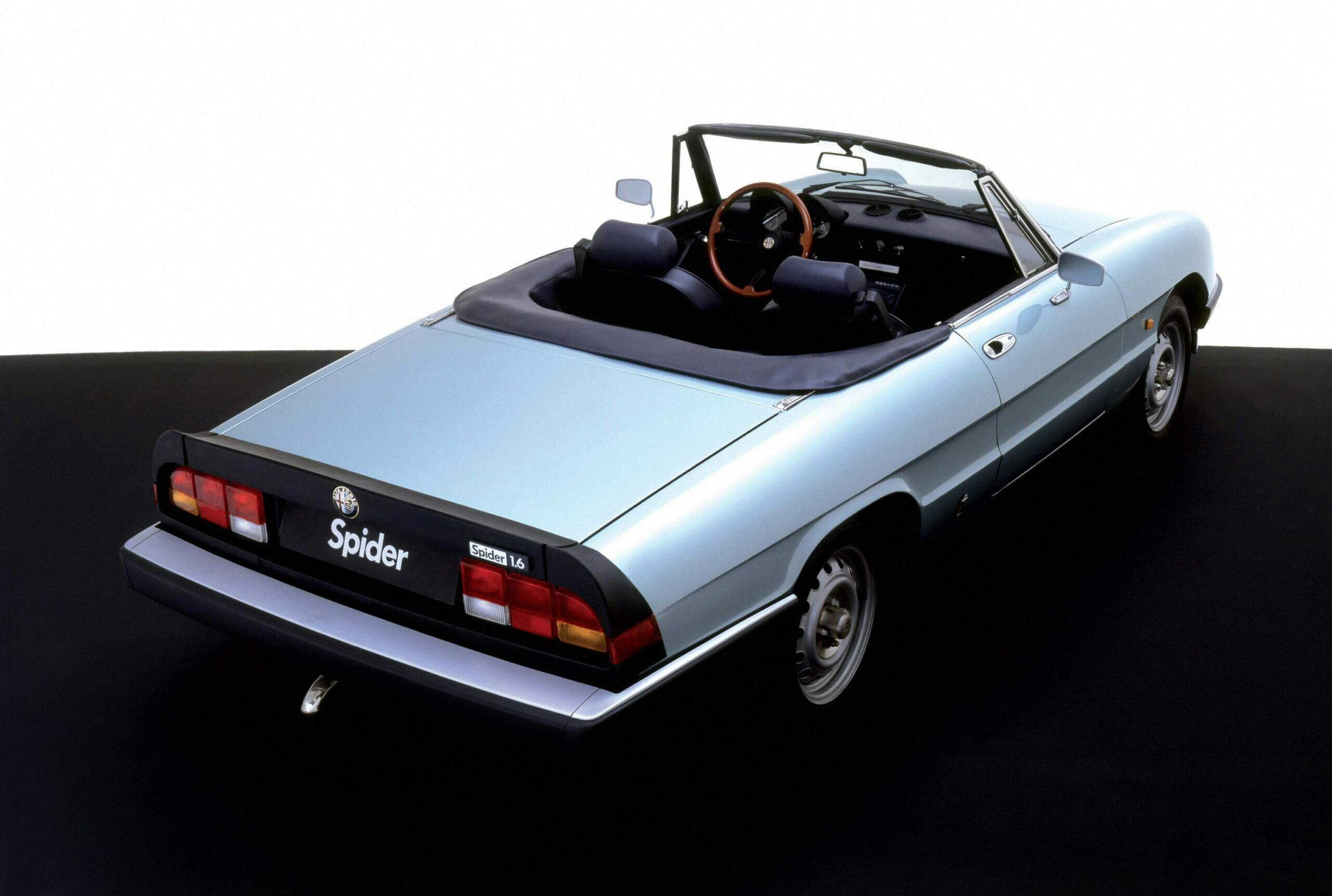
The so-called “aerodinamica” refresh of the 1983 Series 3 Spider did a fairly nice job of updating the car for the 1980s. The work was largely limited to the front and rear. In front, the bumper was far better integrated and the new front valance/spoiler was quite attractive, too. In the rear, there were new taillamps, a more attractive bumper, and a black rubber spoiler mounted on the trunk. (That last feature lent the Series 3 its nickname of “rubber tail.”)
Inside, little had changed since 1971. Amazingly, even the patently unsafe-looking, “impale-o-matic” pointed metal binnacles over the tach and speedo remained. This curious feature would stay around for another several model years. Integrated factory air-conditioning from Borletti became an option, and if properly maintained, it functions reasonably well. New exterior colors (including some very attractive metallics) as well as new interior colors were also added.
Charting the Changes
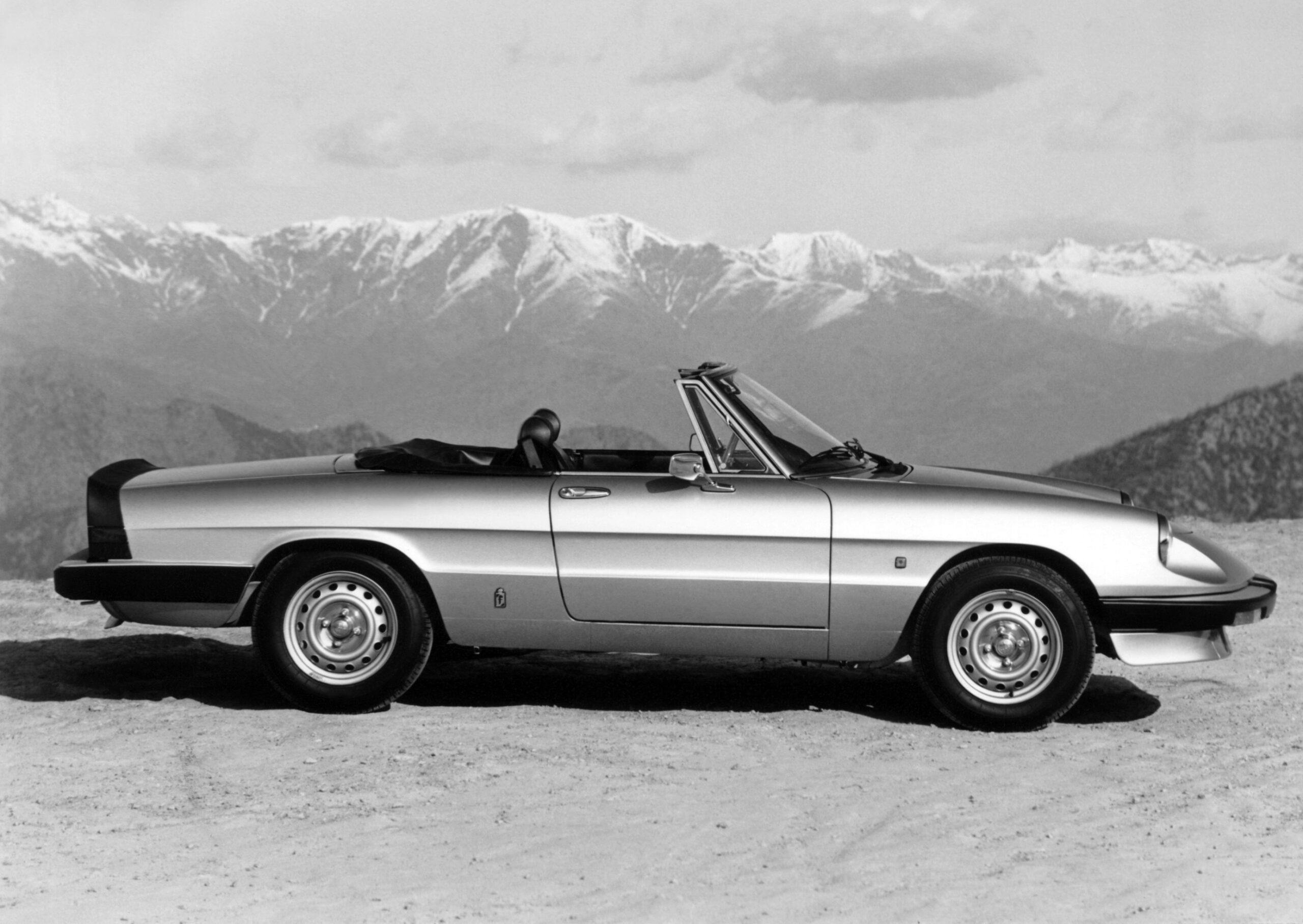
For 1983 and 1984, there was just one model, the Spider Veloce. For 1985, the lineup split into three trim levels. The base was the Graduate with nifty steel wheels, basic vinyl upholstery, and a grained, vinyl convertible top. The Veloce came with leather seats, a Haartz-style canvas top, and Ferrari-esque five-spoke Cromodora alloys. The range-topping Quadrifoglio got you everything that the Veloce had, plus an odd sort of aero kit consisting of tacked-on rocker-panel extensions and matching front and rear valances. Special leather upholstery with contrasting piping, a strange-looking hardtop, and different alloy wheels were also included, as were standard A/C and power windows. Horsepower remained the same at 115 hp for all sub-models. In theory, then, the base Graduate is probably the best performer since it’s the lightest.
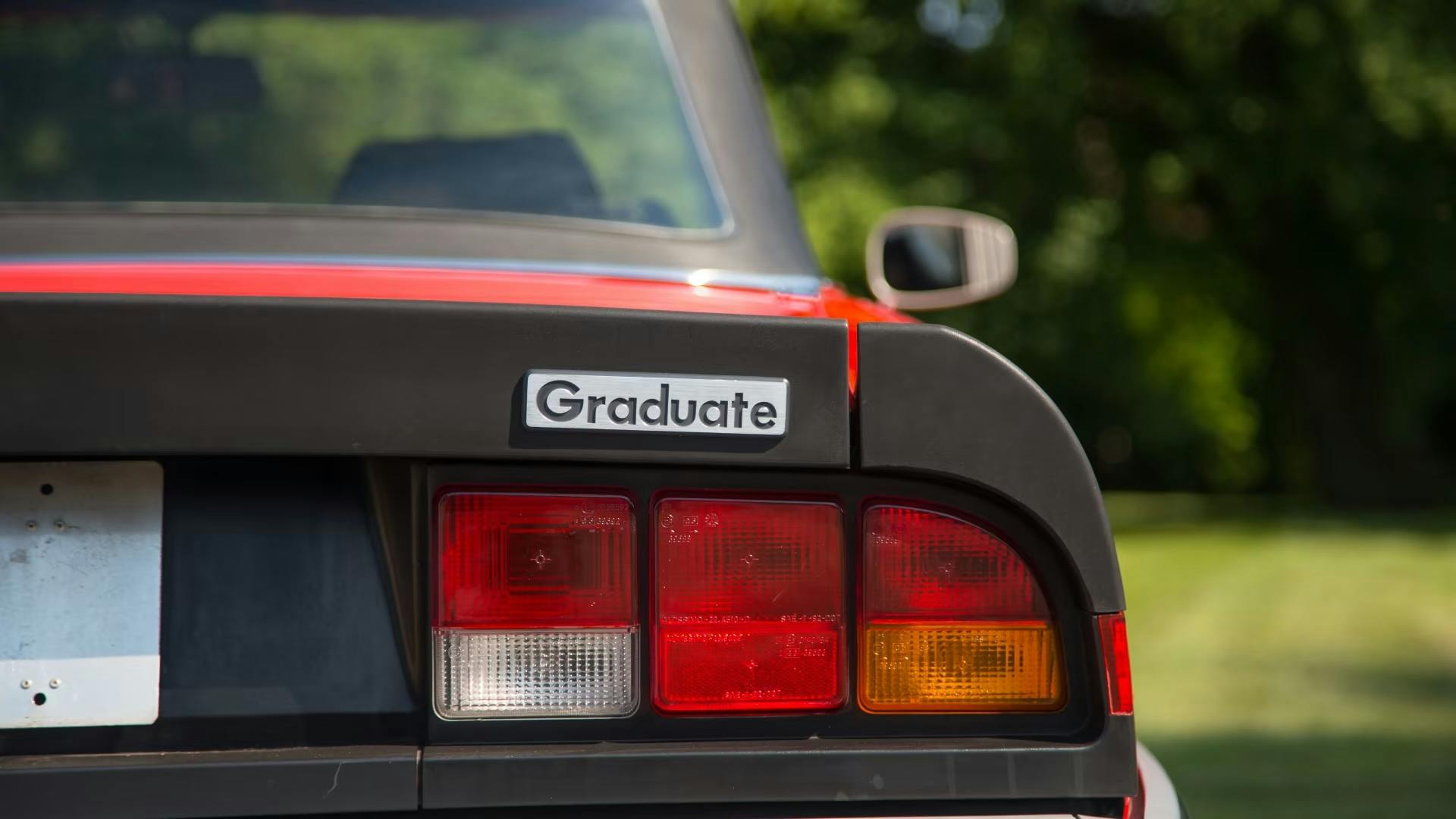
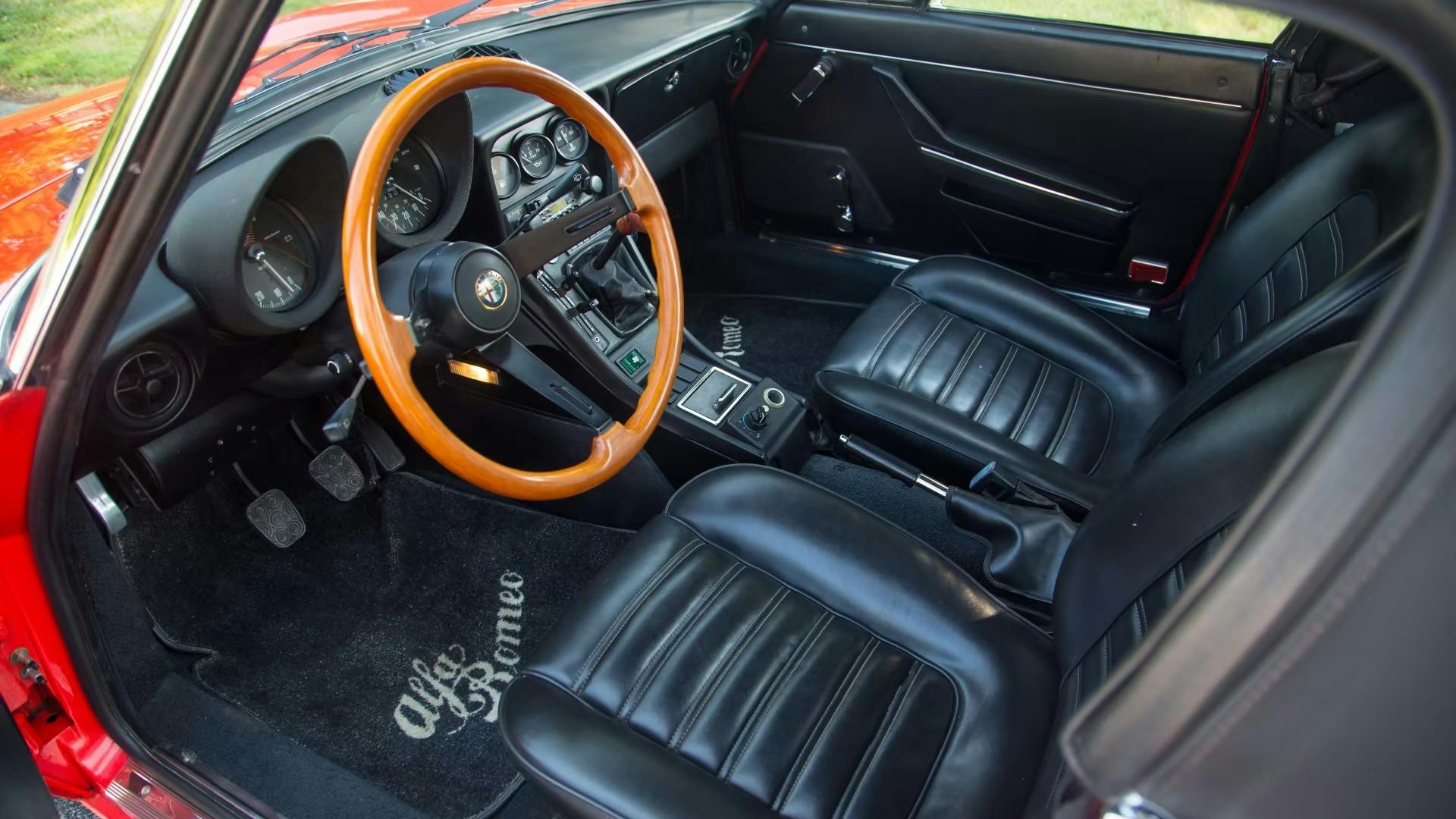
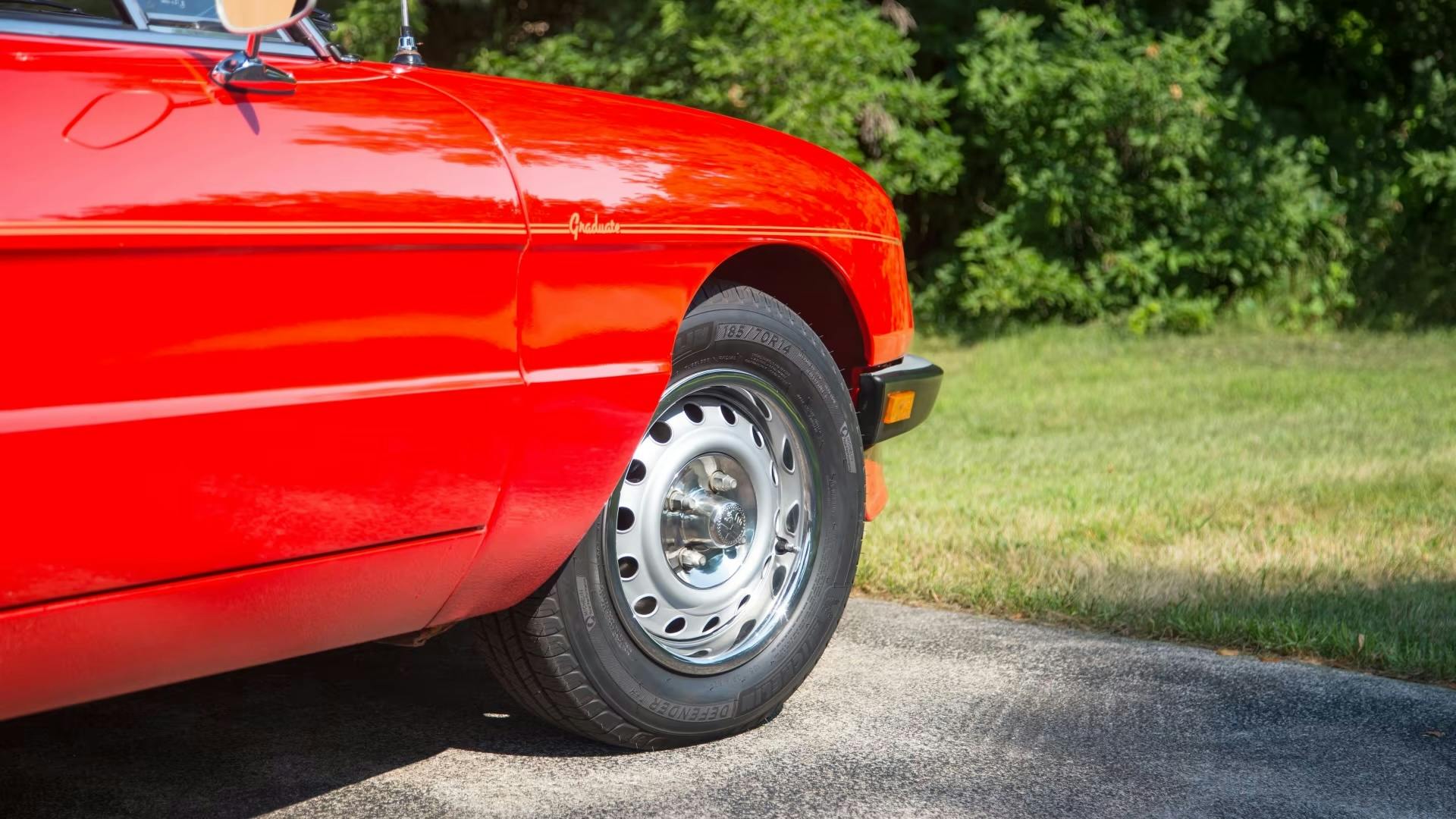

In 1986, the sinister-looking tach and speedo binnacles finally retired in favor of a single instrument pod with tach, speedo, and secondary gauges all included within it. The oil pressure, temperature, and fuel gauges, which had formerly resided in the center of the dash, sacrificed their space for some much-needed A/C vents. The soft rear spoiler also changed to incorporate a center brake light with the new piece now made out of rigid plastic.
Changes after 1986 were largely limited to color and trim revisions with two exceptions: Some of the 1988 Spiders came with a truly dreadful automatic seatbelt system that is best forgotten, and in 1990 Alfa continued its odd habit from 1982 of debuting a new fuel-injection system in the old body. The somewhat scarce 1990 models had the 120-hp engine with Bosch Motronic injection that would go on to power the 1991 Series 4 Spider. More than just injection, Motronic was an integrated engine management system that debuted in 1984 in the Porsche 911 3.2 Carrera.




What to Look For
Evaluating a Series 3 Spider is a fairly straightforward undertaking. A little bit of smoke on cold start is probably OK. Smoke while driving, or during shifts, probably isn’t. White smoke should prompt you to look at the head gasket. Blue smoke is oil burning. Oil consumption from ring and valvetrain wear as well as low oil pressure are generally signals that an engine overhaul is required in the near future. Noisy differentials and gearboxes indicate that major work might be needed in those areas. Second-gear synchros are notoriously weak on 105/115 Alfas.

Spiders happily have decent stopping power from four-wheel disc brakes. If you experience a spongy pedal, or pulling to the left or right, brake hydraulics or calipers are the culprit. Pedal pulsation can indicated warped rotors. Obtaining parts is generally not problematic for Alfa Spiders. While spares are not necessarily cheap, they don’t cost Porsche or Ferrari money, either.
In cars that have lived in sunny climates and spent time sitting outside with tops down, you can expect to see cracked dashes, torn vinyl upholstery, and faded carpets. All of this is within the realm of DIY to repair. What generally isn’t DIY is the bane of Alfa and Italian car ownership in general—rust.
Although Series 3 Spiders might display slightly better rust-proofing, it’s still a huge issue. Look for rust nearly everywhere, but floor pans, rockers, and the spare-tire well are the best places to start poking. Red paint and metallic shades tend to wear far worse than black, white, or ivory. Nonetheless, Spider paint quality was far from awful, and you do still see a fair number of Series 3 Spiders wearing their original paint. On a purely subjective level, dark colors tend to look better on rubber-tail Spiders. They give the rear spoiler and front bumpers a more integrated look.

Various and sundry electrical issues can present themselves in Alfa Spiders of any vintage, so you’ll want to test literally everything—every switch and every button. Often, an issue can be traced to just a bad ground somewhere. One thing that is generally sound is the top. If it’s in good shape, it should be reasonably watertight and always very easy to put up or down—manually, of course. You should be able to put it down from your seat in a few seconds at a stoplight.
What to Pay
The Series 3 Spider remains arguably the least desirable of the Alfa Spiders and is still affordable relative to some of the earlier cars. Solid #3-condition, driver-quality examples start at under $12,000, while #2 (“Excellent”) cars range from the high teens to the mid-$20K range. It takes a stellar low-mileage example to go much higher than that. In general, Graduates bring a little more than Veloces despite being the entry-level model, and despite its stylistic quirks the Quadrifoglio is the most expensive by a decent margin.
Given their age and affordability, it would make sense for this era of Alfa Spider to appeal to younger car enthusiasts. The data, however, shows that it doesn’t. A whopping 86 percent of Hagerty’s insurance quotes for 1983–90 Spiders come from Gen X or older buyers.
Overall, the Series 3 Alfa Spider is a more stylish (and perhaps a bit less reliable) alternative to the first generation Mazda Miata. Thousands were built, and they’re generally not hard to find, so the best advice is to have any potential purchase carefully vetted by an expert, and always, spend a little bit more for a really nice example. You’ll never regret paying more for a better car.







































We have an 85 Veloce in aqua green that we bought on 1993. I think the bumpers and the black tail look well integrated. We keep it well serviced. Still runs great and the A/C is effective when needed. We only use it on local roads- way too small for the highway with today’s vehicles. The cockpit is very narrow, shoulders touch. But. Day trips looking at fall colors cannot be beat in this car.
I have one. Pretty bit useless. For the $$ quoted here you can get a Jaguar XK.
Or a Miata of course.
Then again it’s an Alfa. And as every Alfista knows, nothing rides like an Alfa ….
Bit should read but ….
Had an ’87 Graduate. To me, the car is a weird mix of vintage and modern. Build quality feels like 1960’s, dashboard looks like the 1980’s, engine feels like 1990’s (VVT / fuel injection, but power ain’t great), and the looks are a mash-up of all of the above. In my opinion, this conglomeration never had the full charm of a vintage car or the performance and reliability of a modern car. It sits uneasily in the middle. Take that silly ducktail spoiler off and replace it with a more low-key Zender spoiler, and it looks a ton better. These cars are relatively simple to work on, and in that way, they make a nice project car. But like most old cars, the cost of restoring one will likely far surpass the cost of buying a nicer example someone else has already fixed up.
I had an 82 that I drove from Dallas to Asheville. It was freakishly small and underpowered, especially compared to all the lifted bro-dozers in Texas. Fun little weekend car to cruise the Blue Ridge Parkway.
When did power steering become standard?
When did Power Steering become available as an option or Standard equipment. I’ve had 2 1975’s when I was much younger & now @ 78 think Power Steering is a must have : )! Like the fuel injection of the later models as I could never find any tech who was familiar with SPICA.
I had a neighbor with a 115. It was such a fun car. Not fast at all but perfect for some Midwestern evenings in the country roads.
I’ve owned many 105/115 Alfa Spiders of all types and I love them. As Rob says, they’re relatively easy to work on and loads of fun. The only thing I’d add is to check the rubber guibo (donut) in the driveshaft – these can split over time and if it breaks, it’s bad.
I have owned a 1983 Spider Veloce for over 30 years, made a lot of upgrades and my car never has any issues, Not even leaks. I do not completely agree with the articles stating that the S# is the least desirable, as I believe is the most desirable. The spider is not my only Alfa, I also own a 1987 75/Milano that I purchased in Santa Monica CA brand new and also never gives me any problems, as I keep up with maintenance and services. Also, own a 2019 Giulia Quadrifoglio Nurb edition (50 made) as well as a 2021 Giulia Quadrifoglio. All my Alfa’s look like new. Spider rebuilt all upper engine 5 years ago I have driving it 2K miles since, The Originals mileage is 130K, 75 has a lot of work as well and updated, original Mileage is 100K.